Posts
BACK TO SCHOOL: Design for In-Person Learning During a Pandemic
September 19, 2021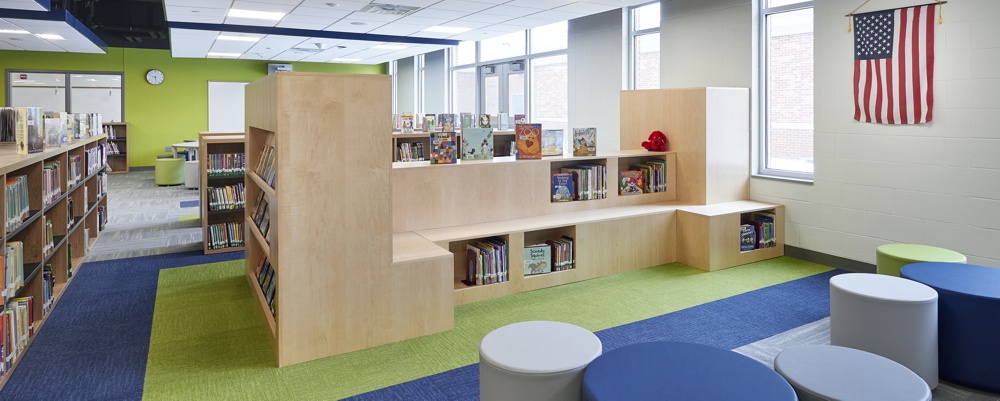 This fall, millions of K-12 and college students headed back to school amid the ongoing COVID-19 crisis. Determining best practices for navigating this return has been challenging for administrators, teachers, students, and families alike. Design for in-person learning during a pandemic requires both flexibility and creativity. To that end, a number of manufacturers have developed innovative furniture and other classroom products to help K-12 school, colleges and universities quickly adapt to changing conditions and social distancing needs.
This fall, millions of K-12 and college students headed back to school amid the ongoing COVID-19 crisis. Determining best practices for navigating this return has been challenging for administrators, teachers, students, and families alike. Design for in-person learning during a pandemic requires both flexibility and creativity. To that end, a number of manufacturers have developed innovative furniture and other classroom products to help K-12 school, colleges and universities quickly adapt to changing conditions and social distancing needs.
Our team does not endorse any one product or manufacturer. The following is an overview of some of the products we have found while helping our clients review available options. Many of these offer benefits not only for today’s continually evolving safety priorities, but also for adaptable learning spaces beyond the current pandemic realities.
SUSTAINABLE DESIGN 2021: Taking a Look at the WELL Health-Safety Seal
June 10, 2021 In the wake of a 13% drop in enrollment for 2020-2021, colleges and universities are considering new strategies to attract students. Priorities have shifted for students and staff as we emerge from the COVID-19 pandemic. Sustainable design standards have likewise adapted with offerings such as the WELL Health-Safety Seal to help foster trust and encourage a return to pre-pandemic campus life.
In the wake of a 13% drop in enrollment for 2020-2021, colleges and universities are considering new strategies to attract students. Priorities have shifted for students and staff as we emerge from the COVID-19 pandemic. Sustainable design standards have likewise adapted with offerings such as the WELL Health-Safety Seal to help foster trust and encourage a return to pre-pandemic campus life.
The International WELL Building Institute is just one of several organizations to develop specialized standards to address the renewed focus on infection control and safely reopening indoor environments. The U.S. Green Building Council (USGBC), the Center for Active Design, and RESET have each developed modules to help facility managers measure, improve and monitor air quality, sustainability, and/or health and wellness strategies.
CAREER CENTER DESIGN SHIFT: Helping Students Launch Careers During a Pandemic
April 12, 2021 One of the most important outcomes of a college education is meaningful employment after graduation. However, recent graduates are seeking employment in one of the worst job markets since the Great Depression. As of December 2020, about 7.2 percent of recent college graduates were unemployed in the U.S. These statistics point to the need for a career center design shift to meet students’ needs today and into the future.
One of the most important outcomes of a college education is meaningful employment after graduation. However, recent graduates are seeking employment in one of the worst job markets since the Great Depression. As of December 2020, about 7.2 percent of recent college graduates were unemployed in the U.S. These statistics point to the need for a career center design shift to meet students’ needs today and into the future.
Today’s job market emphasizes the importance of robust career services to help students take their first career step. Institutions need to provide students—and parents—with a tangible reminder that they offer a quality education AND critical career resources. Even before the pandemic, career services have been assuming a more prominent role on campus.
The Side Hustle: How to Attract ‘The Entrepreneur Generation’ to Campus
February 10, 2021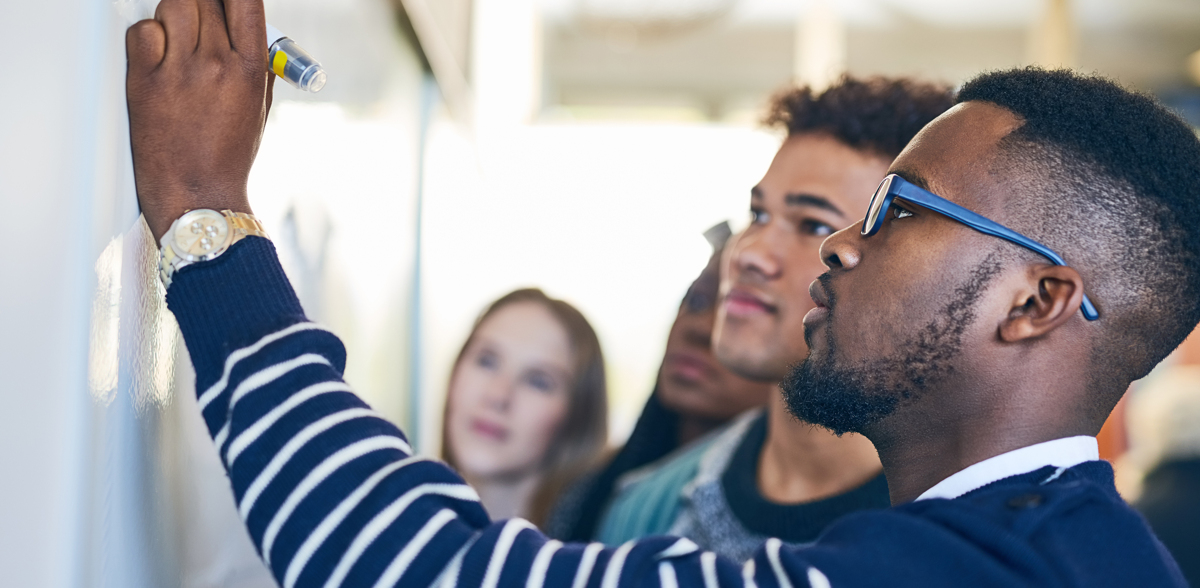 Colleges and universities of every size must consider entrepreneurship program spaces that address the aspirations of today’s students. Dubbed ‘The Entrepreneur Generation,‘ many expect to start their own company—almost 54% of Gen Z’s according to a recent Nielsen study. Likewise, Gallup found that 40% of 5th to 12th Graders plan to start a business.
Colleges and universities of every size must consider entrepreneurship program spaces that address the aspirations of today’s students. Dubbed ‘The Entrepreneur Generation,‘ many expect to start their own company—almost 54% of Gen Z’s according to a recent Nielsen study. Likewise, Gallup found that 40% of 5th to 12th Graders plan to start a business.
This generation, born after 1996 and raised in the ‘influencer’ age, seeks financial independence and the opportunity to make an impact. Gen Z (also called Zoomers) grew up seeing Mark Zuckerberg and his Harvard roommates create Facebook in 2004. Startups like Mashable, Tumblr, Firefox and Box followed suit, with founders under the age of 22. And in 2019, the world witnessed activist Greta Thunberg taking on the United Nations Climate Action group at the age of 16.
To respond to the entrepreneurial spirit of Gen Z and help these future leaders develop relevant skills and experience, campuses are investing in maker spaces, think-tanks, incubators and innovation centers located across disciplines and in multiple buildings to encourage access to these resources for all students.
The Devil is in the Details: Designing a Building Envelope to Stand the Test of Time
January 18, 2021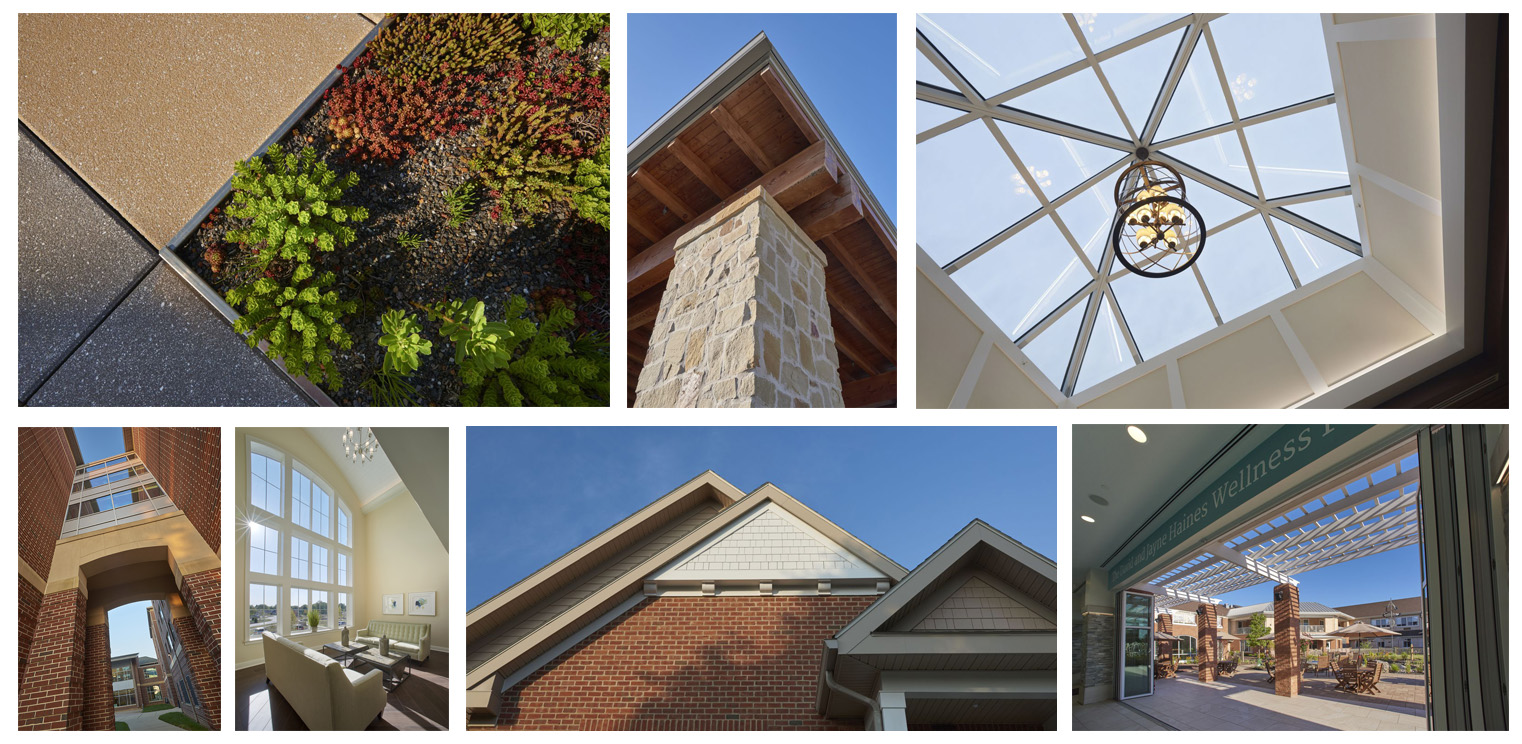
I’m one of the drafters at RLPS. We’re the people who document all of the details of constructing a building – how all of the individual pieces go together. Yes, we use state-of-the-art 3D modeling software to design each building, but we still “draw” a lot of the details individually – the digital equivalent of putting pencil to paper.
What is the building envelope?
One aspect of building design that we spend a lot of time detailing is the building “envelope”, the outer layers of the building that keep the elements out and keep the interior comfortable. The envelope performs those duties by managing and controlling heat transfer, rain and snow, water vapor and air movement.
There’s a Code for That? Hand Sanitizer Station Guidelines for Schools & Campuses
August 11, 2020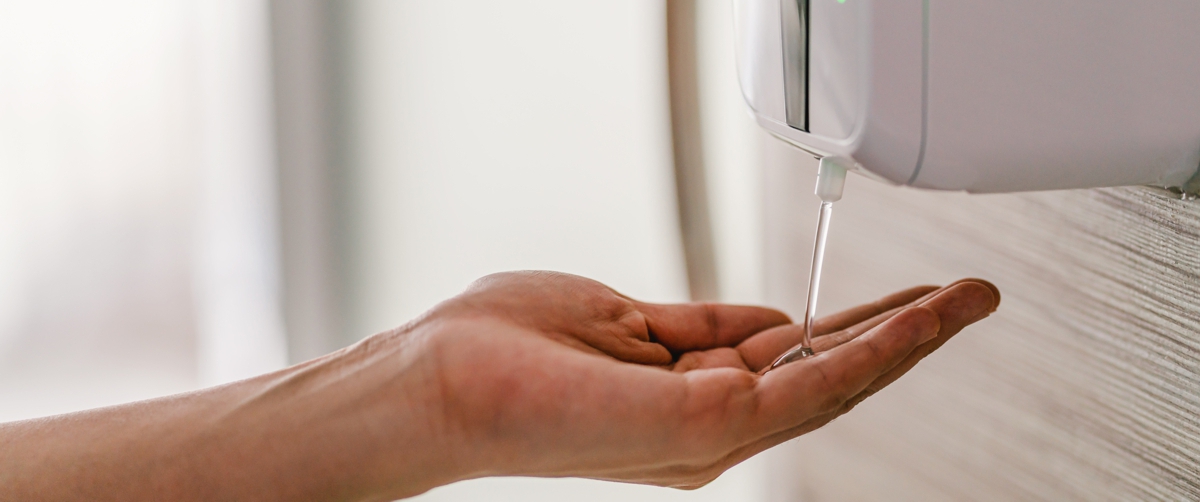
There are differing opinions regarding best scenarios for getting back to classes this month. Good hand hygiene is the most universally accepted measure for keeping students, staff and faculty safe when returning in-person to schools and campuses this fall. Many of our education clients have indicated that installation of hand sanitizer dispensers is a key component of their preparations. However, it is important to be aware of hand sanitizer guidelines when installing or placing stations in your buildings.
A Simple Solution, but Guidelines Can’t be Overlooked
Hand sanitizer is a preferred hygiene solution due to having less touch points than the traditional soap and sink hand washing. Its ease of use and ready availability may also encourage more frequent sanitizing by students. Hand sanitizer dispenses are simple to implement, with both wall installation and self-standing options available.
Did you know that hand sanitizers are addressed in the International Building Code and the International Fire Code for all school and campus buildings? According to the codes, hand sanitizer is not considered a hazardous material if dispensers are installed correctly and limited quantities of material are stored appropriately. However, incorrectly installed or stored supplies risk being flagged by code enforcement officials as hazardous material.
Isolation Rooms in Residence Halls: Will They Be the New Norm?
July 9, 2020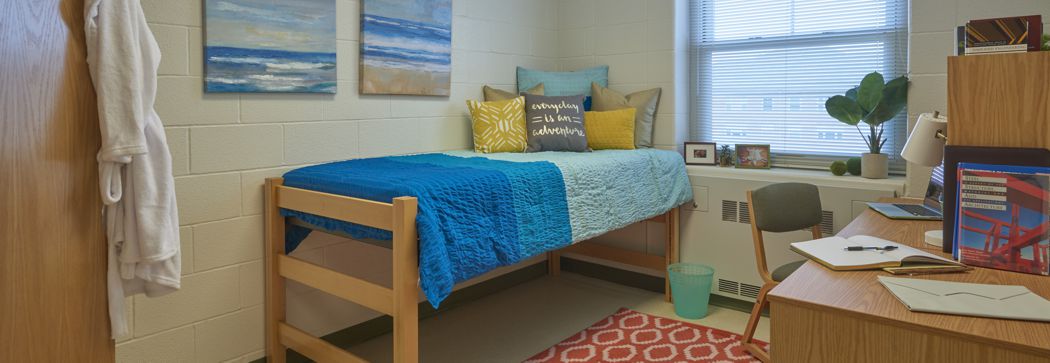 Is now the time to introduce isolation rooms in campus residence halls? A single room with an en suite bathroom for students who require heightened privacy has become a programming “must” for new and renovated residence halls. Often referred to as “medical rooms,” they provide a private room and bathroom for students with medical needs. This includes conditions like Crohn’s Disease, diabetes, or other immunodeficiency disorders. More recently these rooms have been available at some institutions for students who are transitioning or exploring their identity development.
Is now the time to introduce isolation rooms in campus residence halls? A single room with an en suite bathroom for students who require heightened privacy has become a programming “must” for new and renovated residence halls. Often referred to as “medical rooms,” they provide a private room and bathroom for students with medical needs. This includes conditions like Crohn’s Disease, diabetes, or other immunodeficiency disorders. More recently these rooms have been available at some institutions for students who are transitioning or exploring their identity development.
Following the onset of COVID-19, our architectural team has been discussing if higher education institutions need to consider a similarly designed room for residence halls—an isolation room. This type of specialized space is commonly found in medical facility design, but isolation rooms are not typically included on college and university campuses. Could isolation rooms be one of the long-term changes we see?
Passive House: Exploring the Potential for Net Zero and Energy Positive Buildings
March 13, 2020 Andy Allwine, AIA, recently attended the 14th annual North America Passive House Conference, sponsored by Passive House Institute US. The conference, titled “The Profitable Blueprint for ZERO,” included pre-conference education sessions, keynote talks and two days of education sessions all centered on passive building techniques, detailing and marketing, building science, carbon neutrality and safe building materials. We asked Andy about some of his take-aways from this conference.
Andy Allwine, AIA, recently attended the 14th annual North America Passive House Conference, sponsored by Passive House Institute US. The conference, titled “The Profitable Blueprint for ZERO,” included pre-conference education sessions, keynote talks and two days of education sessions all centered on passive building techniques, detailing and marketing, building science, carbon neutrality and safe building materials. We asked Andy about some of his take-aways from this conference.
What is a Passive House?
A passive house is a building with an airtight, well-ventilated, highly thermally insulated enclosure that reduces the external loads on the building and allows for a smaller, more efficient mechanical system. These factors also happen to make for a more durable building that requires less maintenance, provides a higher degree of health and comfort for occupants and helps mitigate the effects of climate change through radically reduced energy consumption and global warming potential. Almost any building type, use, size, and climate region can achieve passive house standards, including retrofit conditions. In my option, almost all of our projects would be worthy candidates to apply this standard.
According to the Passive House Institute, the term passive house is something of a misnomer as the approach is increasingly being applied to multifamily apartment buildings and large scale commercial buildings as well. As a result, the term passive building is gradually coming into more common usage, as it’s a more accurate term than passive house.
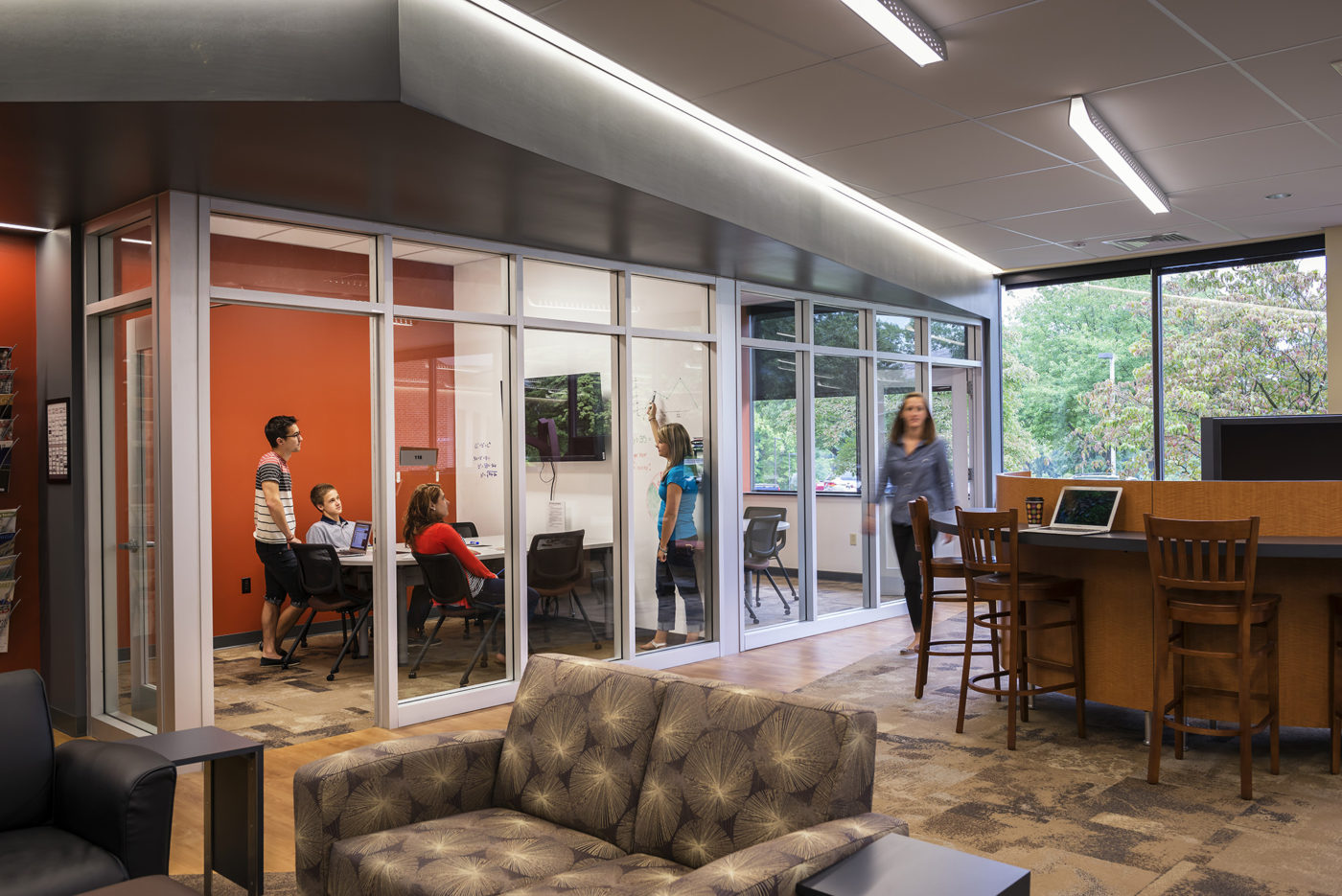
Creating Effective Environments for Collaborative Learning
July 24, 2017“I never try to teach my students anything, I only try to create an environment in which they can learn.”
— Albert Einstein
Although collaborative learning seems to be a relatively recent innovation, this interactive approach to learning was actually the norm centuries ago. In Ancient India, life and learning coexisted much like the student and his teacher, or guru, with every aspect of daily life presenting opportunities for learning. Likewise, scholars of Confucius, Muhammad and other well-known ancient teachers gathered as a group for a variety of interactive learning experiences.

You and Your Building Code Official
What is your relationship with your Building Code official? Is it non-existent, adversarial, or healthy? Ideally, you have a clear, open line of communication with your Building Code Official (also known as a BCO.) Cooperating and addressing issues openly with your BCO will provide many long term benefits for you and your facility.